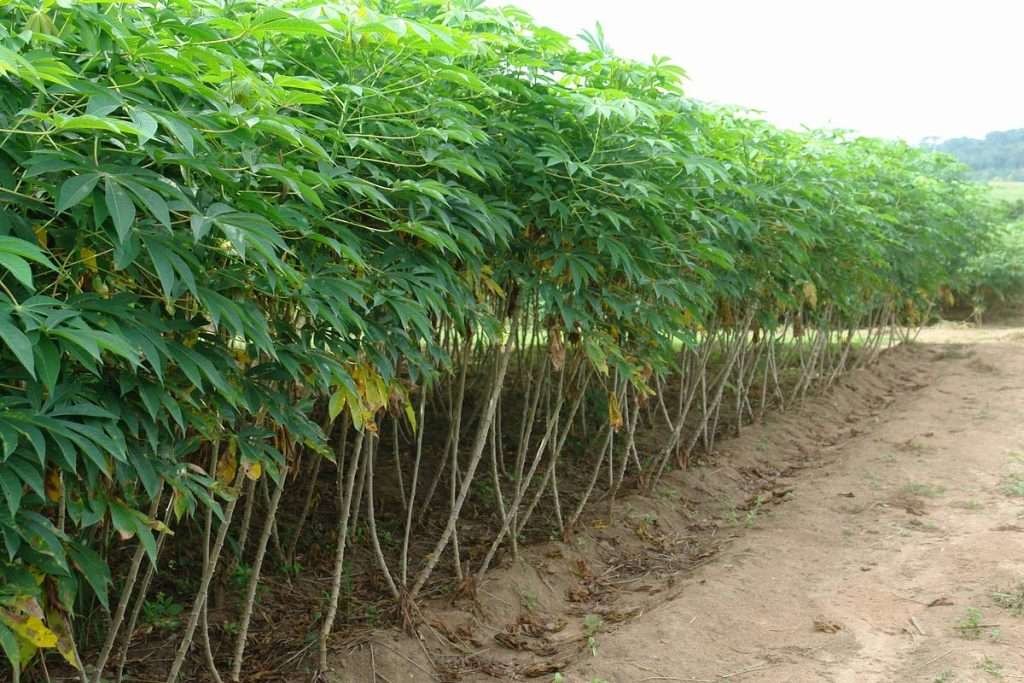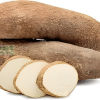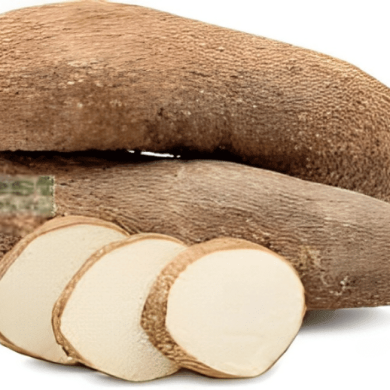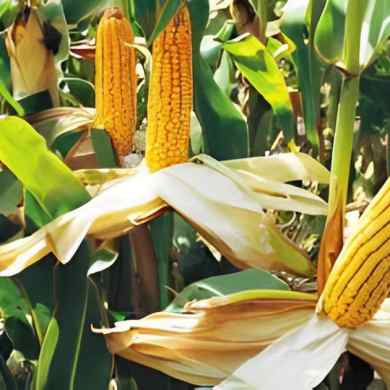
Cassava Cultivation: Planting to Harvest

Cassava Cultivation: Planting to Harvest. Learn everything you need to know about growing cassava, from selecting disease-free planting material to harvesting high-yield tubers in cassava farming. This comprehensive guide covers all aspects of cassava cultivation agriculture information.
Local Names. Yor. Ege; Ibo-Akpu; Hausa-Rogo. General. It is an important food crop grown throughout
Nigeria but only in recent years in the more northern provinces. It is replacing yams to some extent in the south owing to ease of cultivation and ability to crop in poor soils. It has considerable resistance to drought. The “root” is used for human food and may be utilized as “garri” by grating, fermentation, and frying; or fermentation of the whole root, pounding, and extraction of starch. Sweet varieties may be boiled or roasted without fermentation and types of agriculture.
Varieties. Four main species are cultivated in agriculture farming: bitter cassava (M. utilissima), sweet cassava (M. palmata) Cassava Tem 419, Cassava Vitermine A . There are many varieties of each species and hybrids between the two.
Local varieties commonly grown are:
Nwangoye (Ibo)-Early maturing, not high-yielding, red petiole.
Nwaiwa (Ibo)-Late maturing, red petiole.
Okotorowa (Ibo)-Tall growing, high yield, watery tubers, green petiole.
Udukanana (Ibo)-High yield and quality, profuse branching, green petiole.
Ohupon (Ibo)-Commonly grown and said to be high-yielding.
Karagba (Yor.)-High yielding.
Dalejoro (Yor.) and Isunik onikiyan (Yor.) are of good quality.
The define agriculture Department developed several high-yielding hybrids. The best are CH50, GCH7,CH125 and CH28. Dan Warri is the most commonly grown variety in the dry areas of the north through CH.50 yields well. Improvement work is continuing based on a country-wide collection of varieties. Varieties Nos. 53101, 55124, and 58382 show considerable promise but there is much difference in yield from locality to locality.
Planting Date. Any time from March to October in the south, June to August in the north.
Spacing. 8-16 sq. ft. per stand. The wider spacings are usually interplanted through yams or maize.
Planting Material. Short stem cuttings, from mature plants, 9-12 ins. long are either entirely buried horizontally or two-thirds buried at an angle of 45 degrees. Long cuttings up to 2 ft. in length give higher yields. In the north where planting material is often scarce, cuttings 6-9 ins. are used frequently. Cuttings sprout in 7-14 days from planting.
Fertilizers. On acid soils of less than pH 5-9 applications of lime at 10-20 cwts. per acre will give good results. Potash is essential for good cassava yields and a mixture having 10 parts nitrogen, 10 parts phosphate, and 20 parts potash per 100 lb. and applied at 240-300 lb. per acre is recommended for the southern cassava areas on acid sandy soils. Sulfate of potash, not muriate of potash, should be used. Where cassava follows yams there will be a residual effect from fertilizer applied to the yams.
Maturation. 12-18 months are required dependent on variety and the need of the cultivator, but all may be left up to two years.
Harvest. They are harvested as required. Cassava roots will not be stored after digging for more than a few days.
Yield. Up to 12 tons of tubers per acre is obtained but anything from 5 to 10 tons is a reasonable crop dependent on soil.
Labour. Clean hand cultivation of a sole crop requires 8-9 man-days per acre including a preparatory green manure crop. Intercropped through yams-5 to 6 man-days per acre. In native practice, labor rates are much lower as the crop is not cleaned,
Utilization
Garri” production. Garri is a useful traveler’s food. The roots are peeled when fresh and washed. They are then grated and the material so obtained is placed in a bag and allowed to ferment under pressure for 3 or 4 days. Pressure is usually obtained by tying the bag between strong springy poles or by weighing it with stones. After fermentation, the material is sieved to remove coarse fibers and is fried with continuous stirring over a slow fire in a flat iron pot until dry. A little palm oil is added to make good-quality garri and to give it a pleasing yellow color. Good varieties of cassava give up to 35 percent fried garri to unpeeled roots. Poorer types give 25 percent to 28 percent. 23 percent to 25 percent of the weight of the fresh roots is lost in peeling. About 1 pint of palm oil is added to 2 cwts. of garri.
Starch Production. Certain tribes in the Niger Delta extract the cassava starch and utilize this as part of their main diet. The yield of starch is about 9 percent of the weight of fresh cassava roots. The remainder, “farina”, a rather fibrous inferior garri, is also sold for eating. It can be improved by the addition of 12 percent whole-grated material. The cassava roots are fermented un-peeled in the small pools at the side of streams or creeks for 4 to 7 days depending on the temperature of the water. The skin is then easily removed and the root broken up to form a pap or foofoo or for the extraction of the starch.
Diseases and Pests.
Mosaic Disease. A virus disease distorts the leaves and stem and typical mosaic discoloration of the leaves. It is transmitted by a white fly (Bemisia nigeriensis). No control is known. Some varieties although affected by the disease can give satisfactory yields. Planting material is best obtained from apparently healthy plants.
Cassava Cultivation: Planting to Harvest – FAQs
Here are 10 FAQs and answers to complement your cassava cultivation blog:
- What are the different types of cassava? There are two main types: bitter cassava (high in toxins) and sweet cassava (lower toxin levels). Several varieties exist within each type, with hybrids available as well.
- When is the best time to plant cassava? Planting times vary depending on location. In southern regions, planting can occur anytime between March and October. Northern regions have a shorter window from June to August.
- How far apart should I plant cassava? Spacing recommendations range from 8 to 16 square feet per stand. Wider spacing allows for intercropping with other crops like maize or yams.
- What kind of planting material should I use? Use short stem cuttings (9-12 inches) from mature cassava plants. You can bury them horizontally or at a 45-degree angle, with two-thirds underground. Longer cuttings can lead to higher yields.
- Does cassava need fertilizer? On acidic soils, applying lime can improve results. Potash is also crucial for good yields. A specific fertilizer mix recommendation is provided in the blog for southern regions.
- How long does cassava take to mature? Maturity depends on variety and your needs. The range is typically 8-12 months, but some varieties can be left up to two years.
- How do I harvest cassava? Cassava roots can be harvested as needed throughout the maturity period. Since they don’t store well, harvest only what you plan to use in the next few days.
- What is a good yield for cassava? Yields can vary based on soil quality. Up to 12 tons per acre is possible, but a more realistic expectation is 5-10 tons per acre.
- How much labor is involved in cassava cultivation? Clean hand cultivation requires more labor (8-9 man-days per acre). Intercropping with other crops reduces labor needs (5-6 man-days per acre).
- What are some common uses for cassava? Cassava is a versatile crop. The blog details the production of “garri” (a fermented and fried product) and starch extraction. Additionally, the roots can be boiled or roasted for consumption.





One comment
sample
555